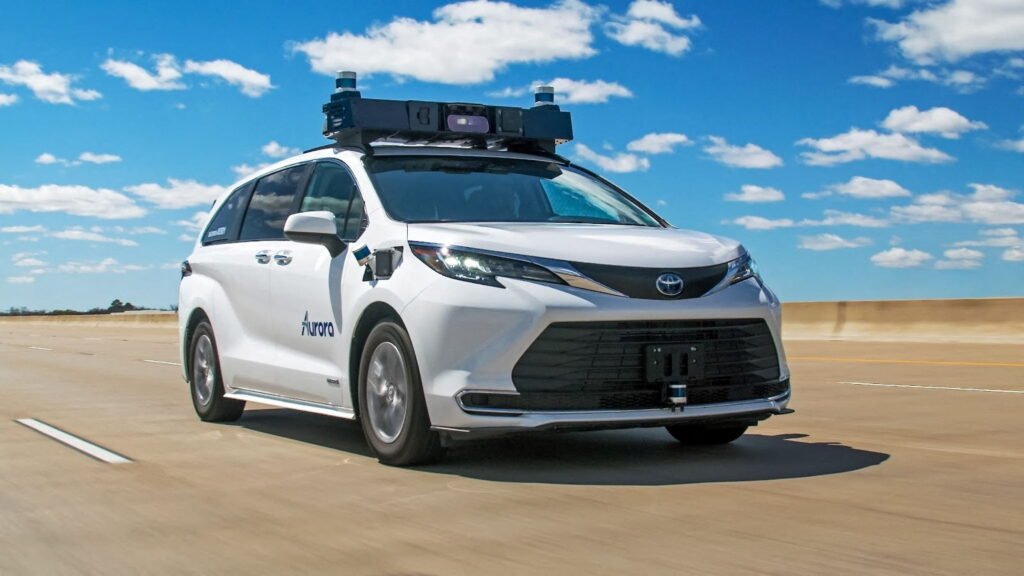Buzzwords and acronyms are essential to the technology sector. Every few years, something new will cover the domain as a consequence, leading to a change in paradigm that will alter the IT industry. "Edge Computing" is one such phrase that is now in use in the sector. Although the idea of edge computing isn't wholly new and consumers have been hearing about its rise for over a decade, the big picture is changing.
For many years, cloud computing has dominated the industry and served as the dominant data storage option due to its accessibility and scalability, among other factors. Anywhere on the globe can access servers thanks to cloud computing.
The disadvantage of cloud servers is that it might be difficult to tailor them to the particular requirements of the business. Additionally, the storing and processing of such enormous amounts of data might overload the systems as more and more information is generated. Edge computing is closing the gap in this area.
A multitude of new data-driven technologies have been fueled by the growth of IoT and edge, and they are poised to alter operations and industries throughout the world.
Edge computing allows data to be handled at the source rather than being sent to a centralised data centre, reducing latency and increasing the speed of data processing. This is a result of the increasing number of connected devices, such as Internet of Things (IoT) devices, that generate massive amounts of data. Real-time insights, better decision-making, and enhanced effectiveness follow from this.
Several causes, including the rise of 5G networks, the rise of IoT devices, and the necessity for real-time data processing, are behind the rising need for edge computing. Edge computing technologies are already being used in new applications like autonomous cars and smart cities thanks to the expansion of 5G networks. The edge computing market is anticipated to expand rapidly in the next few years; according to certain industry analysts, the market will reach US$132 million by 2028.
Edge Computing
Instead of processing data at some arbitrary centralised point, edge computing takes place at the network's edge, near where the user is and where the data is produced. This strategy promotes quicker and more responsive decision-making. Instead of relying on cloud servers to process data and waiting for it to return, edge computing allows data to be handled quickly and directly.
In essence, the concept is to place computing equipment nearer to the user or device, i.e., at the "edge" of the network, as opposed to putting it in a hyper-scale cloud data centre that is located miles away from the "core" of the network. Thus, the edge strategy encourages data processing near the source and lowers latency.

Photo:
SpeakerHub/ Gordon Haff

Photo:
Reuters

Photo:
Reuters

Photo: Reuters

Photo: Reuters

Photo:
Thomson Reuters

Photo:
Reuters
















